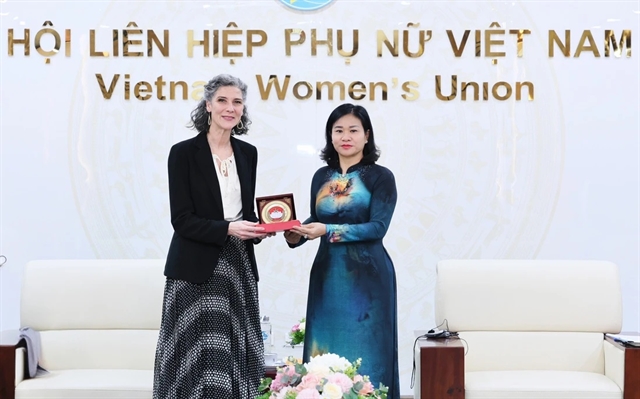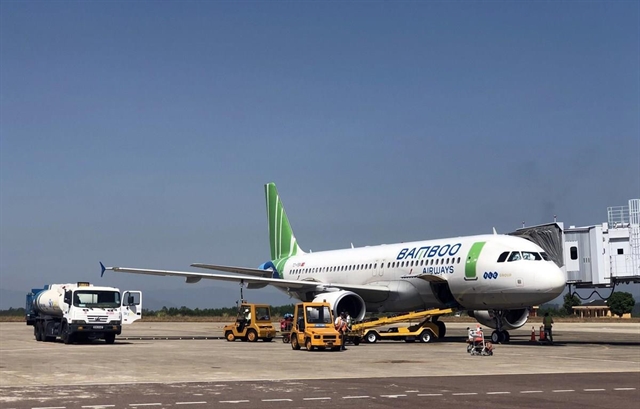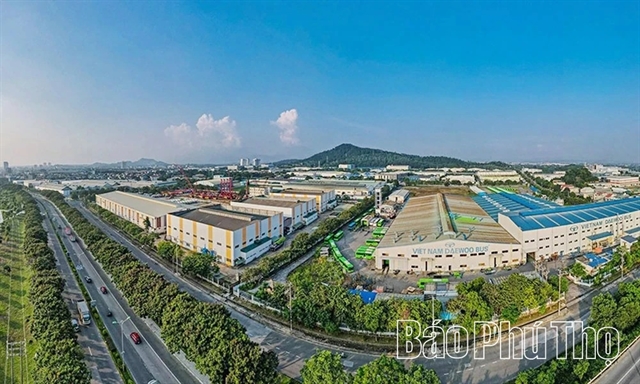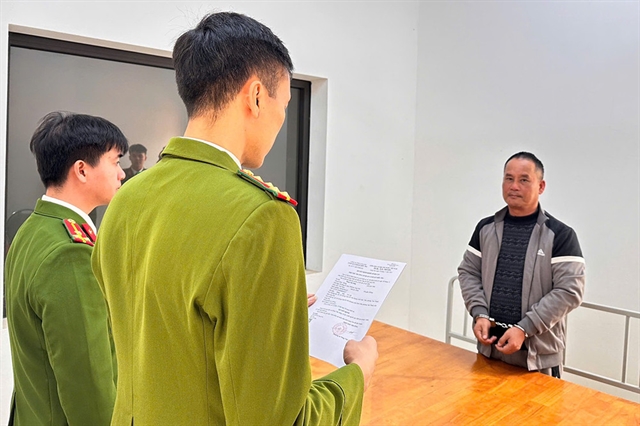 Society
Society

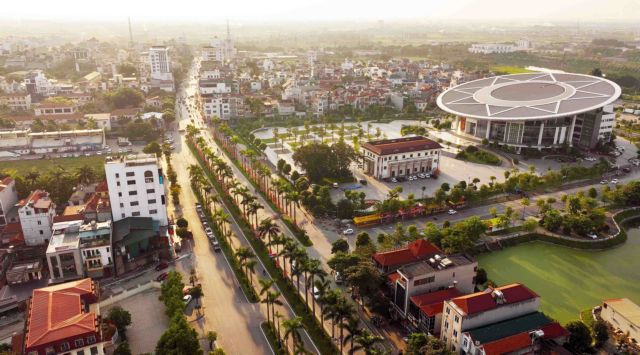 |
| The modern face of Hanoi’s new-style rural areas today. Photo courtesy of Hà Nội’s Coordination Office for the New-Style Rural Development Programme |
HÀ NỘI — More than a decade after the launch of Việt Nam’s National Target Programme on New-Style Rural Development, Hà Nội has emerged as one of the country’s leading localities in rural transformation.
With coordinated, innovative efforts tailored to the unique characteristics of the capital city, Hà Nội has not only significantly improved the material and spiritual well-being of its rural population, but also shaped a development model that harmoniously balances tradition and modernity with economic growth and cultural and environmental preservation.
Thanks to strong political will, flexible organisation and innovative methods, Hà Nội has stood at the forefront of the national rural development movement. Most recently, on June 22, the Prime Minister signed Decision 1226/QĐ-TTg, officially recognising Hà Nội as having fulfilled its rural development targets for 2024. This milestone represents more than a decade of tireless effort and also marks the beginning of a new phase of building a modern and sustainable countryside.
When the programme began in 2010, Hà Nội faced a number of challenges: its vast geographic area, large rural population and many remote communes with underdeveloped infrastructure and limited livelihoods. Today, however, Hà Nội's rural areas have been 'given a new coat', with remarkable improvements in both landscape and the quality of life.
According to Ngô Văn Ngôn, deputy chief of the Standing Office of Hà Nội’s Coordination Office for the New-Style Rural Development Programme, the Hà Nội Party Committee had, from the outset, identified rural development as a top political priority to be pursued over successive terms.
Major guiding documents, such as Directives 02-CT/TU and 04-CT/TU laid a solid foundation for implementation. A Steering Committee was established at the municipal level, led initially by the Standing Deputy Secretary of the Party Committee and later by the Chairman of the People’s Committee. This structure ensured strong leadership from the highest levels of city government.
The city has adopted a systematic and accountable approach to programme implementation, featuring regular reviews, close supervision and clear delegation of responsibilities across departments, sectors and localities. From 2010 to 2020, the Steering Committee organised over 55 field inspections to promptly identify and resolve challenges. In the 2021–2025 phase, annual plans included concrete targets and allocated resources, empowering each district and commune to take ownership of the process.
One of Hà Nội’s most effective strategies has been mobilising public participation. Rather than depending on State subsidies, the city has focused on communications to help citizens understand their role as the driving force behind rural transformation. Initially considered a State-led programme, the initiative has since evolved into a community movement. Residents have contributed over VNĐ20 trillion (nearly US$800 million) through cash, land donations, materials and volunteer labour.
In parallel, Hà Nội has invested heavily in capacity-building for grassroots officials. The city organises hundreds of training sessions each year to improve their skills in programme management and implementation. The principle of 'hands-on guidance' has been rigorously applied.
Hà Nội has also pioneered several notable pilot models, including the 'Women’s Union model for rural development linked to microfinance', the 'Farmers as pioneers in rural development' initiative and successful efforts in land consolidation and infrastructure modernisation.
Thanks to these efforts, rural living standards in Hà Nội have improved significantly. The average annual income in rural areas reached VNĐ74.3 million (nearly $3,000) — six times higher than in 2010 and well above the national rural average of VNĐ56.4 million.
While the national average multidimensional poverty rate is about 4.8 per cent, Hà Nội has effectively eliminated poverty under this standard. All households have safe, regular access to electricity. All schools meet at least Level 1 infrastructure standards, with 85.9 per cent rated at national Level 1 or higher.
Cultural and community infrastructure is equally comprehensive: all villages have cultural houses or community centres, and all communes have public recreational spaces for children and the elderly. Over 95 per cent of villages have been recognised as 'Cultural Villages'. All local Party organisations, authorities and mass organisations are rated as having fulfilled tasks well or better. Every commune meets legal, defence and security standards.
On the health front, 95.3 per cent of rural residents are covered by health insurance, and all communes now use electronic medical records. Roughly 95 per cent of the rural population has access to centralised clean water. All business establishments meet environmental standards, and 100 per cent of household solid waste is collected and properly treated.
Hà Nội currently leads the country in the number of OCOP (One Commune, One Product) items, with 3,320 certified products — including nine rated five stars, 22 with five-star potential, 1,571 rated four stars and 1,718 rated three stars.
In 2024 alone, Hà Nội's agricultural export turnover exceeded $2 billion, with agricultural and food products contributing nearly $1.5 billion — an almost 34 per cent increase from the previous year. Hà Nội has also ensured that no public debt has been incurred for basic rural infrastructure development during this process. The city carefully plans and allocates resources each year to maintain both pace and quality across all programme criteria.
According to Ngôn, the next development phase will focus on building a sustainable rural economy by leveraging the city’s rich ecosystem of traditional craft villages. Hà Nội aims to preserve and promote cultural heritage while integrating rural development with eco-tourism, craft village tourism and experiential and spiritual tourism.
The city is committed to investing in rural infrastructure that is brighter, greener, cleaner and more modern — creating an environment where people’s material and spiritual lives are equally valued.
Hà Nội’s recognition for achieving city-level rural development goals is not an endpoint, but rather a starting point for a new phase of growth. As Hà Nội transitions to a two-tier local government model, with commune-level units reorganised for greater efficiency, the foundation is being laid for deeper and more effective governance.
Looking ahead, the long-term success of rural Hà Nội will depend not only on the determination and resources of the government, but also on the unity and active participation of its citizens. Together, they will foster a sustainable development ecosystem, where the countryside truly embodies the vision of a 'Happy Rural Homeland'. VNS
On June 22, the Prime Minister signed Decision 1226/QĐ-TTg, officially recognising Hà Nội as having fulfilled its new-style rural development goals for 2024. Hà Nội’s achievement is not only a political milestone that contributes to fulfilling the targets set by the 17th Congress of the Hà Nội Party Committee, but also a strong affirmation of the city’s role as a national leader in the implementation of the National Target Programme on New-Style Rural Development," said Nguyễn Xuân Đại, director of Hà Nội's Department of Agriculture and Environment and chief of the Coordination Office for the New-Style Rural Development Programme.

